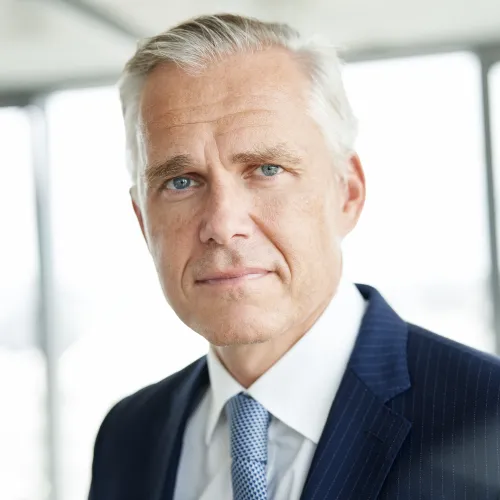The “Business and operating model of the future” project is redefining Sparkasse Münsterland Ost: with a streamlined organizational structure as the starting point for further transformation and a target gross expenditure margin that is once again well below the margin already planned before the project. For example, one vacant position on the management board was not filled and the number of divisions and units was reduced by around a quarter each as early as October 01, 2018.
“Based on the self-perception we developed and the new structures for the entire company, we then derived target images and capacities for the individual functional areas,” explained Dr. Jörn Stöppel, Head of Corporate Management. “Of course retail sales has slightly different requirements than corporate sales or overall bank management.” In each case, potential growth areas were defined from the customer perspective, while efficiency potentials within the savings bank were also identified. And yes, there is still some way to go in terms of standardization and automation. As a result, the number of employees is to be reduced by around one-sixth in a socially responsible manner over the next five years. It should be emphasized that “outlook discussions” were conducted with all employees for whom a change was to occur due to the organizational structure. Using this instrument, which had already been successfully used in the transformation process of the “Sales strategy of the future” project, it was possible to offer a “dream job” to a large number of employees.
“The economic effects are one thing,” reported Markus Schabel. “But the new target image also includes a transformation of the corporate culture. In order to achieve this transformation, adequate communicative support and professional change management are required.” For this reason, the “MSLO Zukunfts.Lab” (the bank’s own future lab) was also founded as a nucleus for the agile transformation of the savings bank. “With our four co-habitants in the Zukunfts.Lab, we are attempting to kick off new ideas outside of the existing “guard rails”, to think differently and to successively bring this positive enthusiasm for change into the entire company through joint work with colleagues in the sales and specialist departments,” added Markus Schabel.
Encouraging the willingness to change on the part of the management board, managers and employees, consistently driving forward innovations and new ideas, and trying out new forms of cooperation—all this requires courage and a little time. “Through the joint project with zeb, we have already taken an important step towards becoming a savings bank of the future,” Dr. Jörn Stöppel was pleased to say. “There are still a few steps ahead on the path to becoming the customer-centric, digital and agile savings bank that we want to be.”




